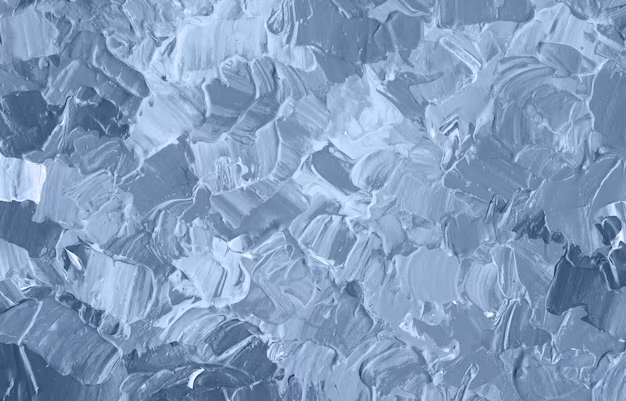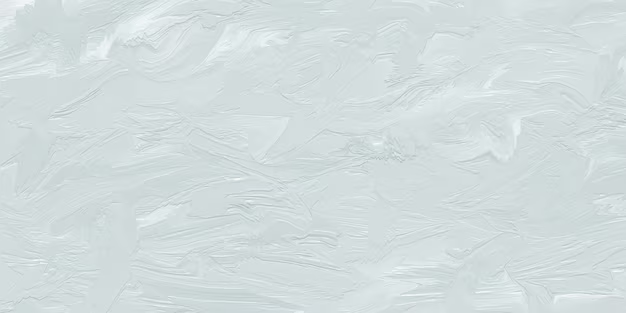Transform Your Spaces with Texture Paint

Thinking about revitalizing your home or workspace? One of the easiest and most impactful ways to make a statement is with texture paint. These versatile products combine creativity with functionality, adding depth and character to your walls while seamlessly hiding imperfections. Whether you’re sprucing up your interiors or beautifying your exteriors, texture paints are becoming a top choice for homeowners and designers alike.
Curious to learn more? This guide will take you through everything you need to know about texture paints—from their types and benefits to application techniques and the latest trends.
What Are Texture Paints?
Texture paint are specially formulated coatings designed to add dimension and sophistication to your walls. Unlike standard flat paints, texture paints create patterns, designs, or rough finishes, allowing for both visual and tactile interest. They are commonly used in both interior and exterior design to elevate spaces beyond plain walls.
The market for texture paints is booming, and it’s easy to see why. People are moving away from minimalist, flat walls and looking for ways to add personality to their spaces. Texture paints bring walls to life, creating unique environments in everything from chic living rooms to rustic outdoor patios.
Types of Texture Paints
Not all texture paints are created equal. They come in various types, each with its own unique features and best-use scenarios. Here’s an overview of the main types of texture paints you’ll encounter:
1. Textured Wall Paints
These paints include additives like sand particles or polymers that create a grainy, rugged finish on application. They’re perfect for creating subtle patterns or bold statements in modern interiors.
Best for: Accent walls in living rooms, bedrooms, and dining areas.
2. Sand Paints
Sand paints include fine particles of silica, which create a granular appearance. Depending on the application technique, they can offer anything from a soft shimmer to a coarse, rugged texture.
Best for: Adding visual drama to hallways, feature walls, or exteriors.
3. Smooth Finish Paints
Unlike other texture paints, smooth finish paints are designed to look seamless while still providing depth. They’re ideal if you want understated elegance without overly dramatic patterns.
Best for: Office spaces, bedrooms, or any room where subtlety is key.
4. Stucco and Plaster Finish
This type mimics the look of traditional stucco or plaster, giving walls an old-world charm. It’s popularly used for Mediterranean-style and rustic home designs.
Best for: Exteriors, patios, or luxe interiors seeking a vintage vibe.
The Benefits of Texture Paints
Why should you choose texture paint over standard paint options? Here are some compelling reasons that make it a game-changer for your walls:
1. Hides Imperfections
Say goodbye to cracking, uneven walls, or minor dents! The thickness and texture of these paints effectively cover flaws, giving your walls a polished, professional finish.
2. Adds Depth and Sophistication
Texture paints create visual depth, transforming ordinary spaces into artistic wonderlands. Patterns, textures, and even metallic finishes can create drama that flat paint simply cannot achieve.
3. Enhances Aesthetics
Whether your taste leans toward rustic charm, modern minimalism, or bold creativity, texture paints can match any design style.
Example:
A small cafe in Seattle used sand-texture paint in a deep olive green shade for an accent wall. The result? A cozy, earthy ambiance that customers can’t stop talking about.
4. Durable and Low Maintenance
Texture paints are designed to last. They withstand wear and tear better than regular paints, making them ideal for high-traffic areas and outdoor settings.
How to Apply Texture Paints

Want to get started with texture paint? Follow these simple steps to ensure a flawless application:
Step 1: Surface Preparation
Start with a clean, even surface. Fill any cracks or holes in your walls and ensure they’re completely dry.
Step 2: Gather the Right Tools
Depending on the finish you want, you may need tools such as trowels, sponges, rollers, or brushes. Your choice will determine the final look of the texture.
Step 3: Apply a Base Coat
A base coat creates a uniform layer for your texture paint. Choose a neutral or complementary color for the base.
Step 4: Apply the Texture Paint
Use your tools to create the desired texture or pattern. Rollers are great for even coverage, while sponges and brushes can create unique patterns.
Additional Tips for DIY Enthusiasts
- Experiment with off-cuts of drywall before painting your walls.
- Apply the paint in small sections to maintain consistency.
- Always wear protective gear during application, especially for textured exterior paints.
If DIY isn’t your thing, hire a professional contractor who can bring your vision to life!
Texture Paint Trends
Want to keep your walls ahead of the curve? Here are some popular texture paint trends to inspire your next project:
1. Earthy Neutrals
Natural tones like terracotta, beige, and sage green are dominating the interior design world. They pair beautifully with rough stone or sand-textured finishes.
2. Metallic Accents
Metallic texture paints, in shades like gold and silver, add luxe sophistication without overwhelming a space.
3. Bold Patterns
Creative stenciling with texture paints is becoming a hit in modern maximalist interiors. Think geometric patterns or floral motifs.
4. Sustainable Finishes
Eco-conscious homeowners are opting for texture paints made from natural, low-VOC materials, contributing to healthier indoor air quality.
Case Studies
Want to see texture paints in action? Here are a couple of real-world examples:
- Modern Interior
A New York penthouse used smooth texture paint in a matte charcoal shade for its living room walls, transforming the space into a modern art-inspired gallery.
- Mediterranean Exterior
A family home in California updated its patio with a stucco-texture paint in a warm, sandy hue. The result was a rustic, elegant space perfect for entertaining.
Before-and-after photos clearly show how texture paints can dramatically improve both aesthetics and ambiance.
Create Stunning Spaces with Texture Paints
Whether you’re looking to refresh a single accent wall or completely revamp the look of your home or office, texture paints are a versatile, creative tool to bring your vision to reality. From hiding imperfections to making bold artistic statements, they deliver both form and function.
It’s time to explore the endless possibilities of texture paints for your walls. Experiment, get inspired, and don’t hold back. Want professional advice? Share your project ideas or consult with an expert to take your interior and exterior designs to the next level.
Meta Data
Meta title
Everything You Need to Know About Texture Paint
Meta description
Discover the benefits, types, and application of texture paints for stunning walls. Learn about trends, real-world examples, and how to transform your space.



